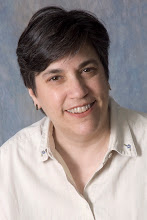It’s the time of year where we all make (and break) New Year’s Resolutions. Two top resolutions are weight loss and saving money and many of us have already broken their resolutions already. (In my case the diet – but I’m back on it.)
The question I am often asked is if I don’t have the cash flow to save as much as I should – where should I put my money? The answer is different for each of us, but the process to decide what is optimal remains the same. There are six basic steps:
1. Set Short and Long Term Goals and prioritize them
2. Know where you stand – put all of your personal insurance, group insurance, bank statements, savings statements, RRSP, pay slips, pension information, tax information, credit card statements and mortgage information in one place so that you can review them easily
3. Review this information with a financial planner – for both short and long term planning purposes
4. Develop a personalized plan – this may involve adjusting your spending and savings patterns – but you may learn that you are on track and don’t need to make any adjustments
5. Implement the plan
6. Monitor and Review the plan on a regular basis
I can help you to analyze your current situation, to develop a plan, to implement a plan, or simply to provide you with some tools that will enable you to do it yourself. (Be aware, that much like the DIY shows on TV that happen in a magical 30 minutes, financial planning is harder than it looks.)
Jonathan Chevreau once tweeted that a financial plan is Eliminate debt. Cut up plastic. Join pension. Buy home. Pay it off. Spend little. Save tons. Invest wisely. Be tax smart. Marry for life. Unfortunately, we don’t all live in a perfect place. However, we can all develop a perfect plan for our current situation.
Give me a call and we can set up an appointment.
Friday, January 28, 2011
Subscribe to:
Comments (Atom)



